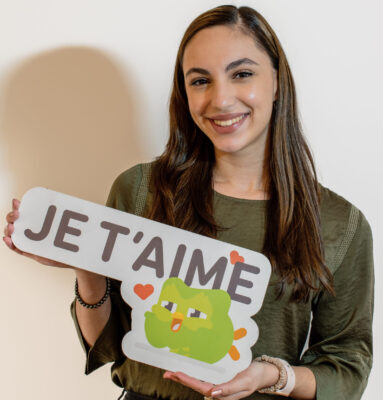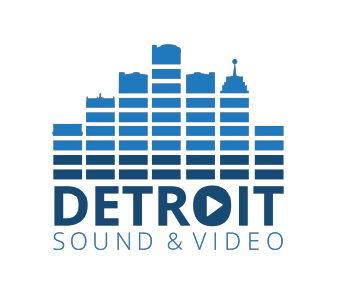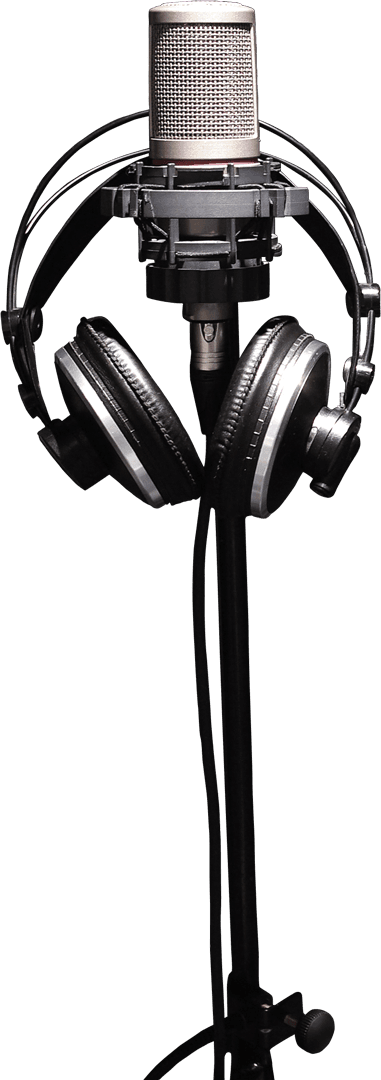Hire voice actors with an Australian accent
Hiring voice actors with an Australian accent enhances the engagement of your content, mainly if your target audience is based in Australia or your narrative is set within an Australian context. An Australian accent lends credibility to your content, connecting with the audience by making them feel more immersed and engrossed. Distinctive accents, such as the Australian dialect, also provide a unique character and flavor to your narrative, setting your content apart in a competitive market. So, power actors with Australian accents add assertive, resounding tones to characters, creating memorable content.
Discover more voice over pros with an Australian accent
Why clients use Voice123

Duolingo relies on Voice123 for high-quality voice talent in a variety of languages. The ease of creating projects, reviewing auditions, and the ability to directly communicate with talent are among the many reasons why Voice123 is so helpful to us.
Lorena Kanzki
Duolingo

The customer service was excellent, personalized, and very responsive. Being remote didn’t make a difference, and the project didn’t skip a beat. I would definitely recommend Voice123’s Managed Services! It’s an industry-standard service.
Darragh Worland
The News Literacy Project

Voice123’s Booking system has been a big help to find and book voice over talent. The process is simple and we can secure national talent. Voice 123 has been a great benefit for our company.
Terry Packer
Detroit Sound and Video
What does an Australian accent sound like?
The Australian accent is a unique blend of vowel shifts, elongated vowels, and different inflections. It’s characterized by its rhythm and intonation, which have an up-and-down “musicality.” Some features include a flattened long “i” sound, as in the word “ride,” which sounds more like “rod,” and a short “a” sound, as in “cat,” which sounds more like “cot.” While there are subtle regional variances, these key characteristics make the Australian accent immediately recognizable globally.
Popular Australian accent voice actors
These are Hugh Jackman, Nicole Kidman, Chris Hemsworth, and Cate Blanchett. Hugh Jackman has a smooth, charismatic Australian accent that has won him roles in various films, like Wolverine and The Greatest Showman. Nicole Kidman’s soothing, tranquil tones showcase her versatile voice acting abilities, from her role in Aquaman to Paddington. Chris Hemsworth has a deep, resonant Australian accent featured in commercials for the Marvel hero Thor. Cate Blanchett has a dynamic, flexible voice for roles in the “How to Train Your Dragon” series and “The Lord of the Rings” trilogy.
